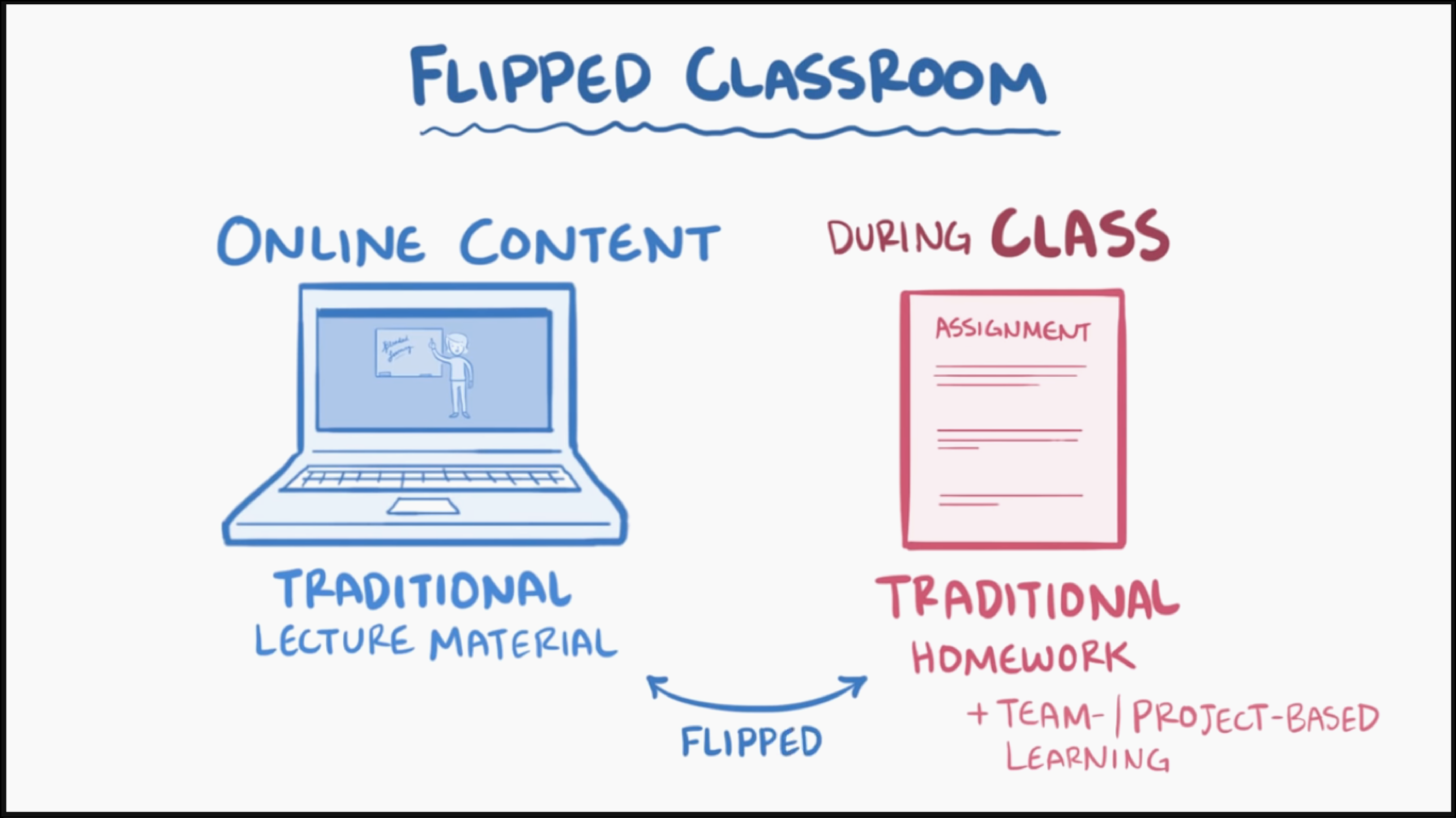Making Due Diligence Training More Engaging
By Katie Walter

The flipped-classroom approach helps associates and partners connect and learn.
How do you keep a new crop of associates engaged for a full week of orientation and “Lawyering 101” training?
Anna Thea Bridge, director of Professional Development at Kramer Levin, tackled this question by using the flipped-classroom concept to enrich the onboarding experience for incoming Corporate associates.
It’s a learning model that Anna is passionate about, having led sessions on how to succeed with blended learning at the 2018 PDC Summer Conference. As she was planning the week-long Lawyering 101 program with her team and the practice heads, she wanted to switch some things up, recognizing that the week would be more successful if participants were given different formats and different ways of learning, as well as time to absorb information on their own.
One of the innovative approaches that she and her team implemented was to move one of the planned training sessions from straight lecture to an interactive discussion applying topics introduced in pre-work. This meant getting potential presenters on board, gathering the right pre-work to enable meaningful application of the concepts, and preparing speakers to work without a script or deck.
Getting buy-in
Anna and her team analyzed which elements of Lawyering 101 would be better delivered with the combination of pre-work and interactive in-person time (characteristic of a flipped classroom). Due diligence was the best candidate, so she set about framing the program and getting the presenters on board.
“By thinking through the pre-work and format, and clearly explaining the presenting attorneys’ role and the benefits of this kind of structure, I tried to make it as easy as I could for the presenters to say ‘yes,’” Anna says. One of the partners she approached (the co-chair of the corporate department) chose to lead the session with a senior associate who was a champion of the flipped-classroom approach.
Pre-work
Participants were assigned less than an hour of pre-work, and Anna put time on new associates’ calendars so that they could complete the work ahead of the session. The pre-work included the Due Diligence for M&A Deals video and quiz from Hotshot’s M&A Basics topic, sample due diligence work product, some articles, and a sample exercise to discuss at the live session. It also included a copy of the slide deck from the prior year’s training on the same subject—talk about repurposing work product!
Motivating associates to do the pre-work
In a blind poll, Anna found that the new hires had all completed the pre-work in the time that she had scheduled for them to do it, though some of the more seasoned lawyers had a lower completion rate. “It definitely helped to protect that time on their calendar and start to establish this as one way that we approach training and development here,” Anna says. It also helped that she had a senior associate assist in selecting pre-work that was on point, and that there was a compelling e-learning module to complement the reading material.
Preparing the speakers
Anna facilitated the session, with her associate-champion and one of the practice group heads leading the exercise. While it took some preparation up front for the speakers to envision the flow of the session, they ultimately had far less prep work because they didn’t have to build a deck.
A successful program
Anna and the presenters were happy with the rate of completion on the pre-work and were able to launch into a discussion of the sample exercise, involving preparing a mock client to participate in the due diligence process and anticipate requests from a mock buyer.
The partner and senior associate leading the exercise were able to connect in a meaningful way with attendees because of the back-and-forth nature of the discussion, and attendees appreciated getting real “facetime” with a practice leader—something that can be a challenge in a lecture setting.
“I found the participants to be more engaged and energetic in the flipped-classroom model when compared to the usual format of presenting a slide deck,” notes the presenting partner, Howard Spilko. “It appeared that our colleagues were getting much more out of the program having first immersed themselves in the subject matter.”
Jon Goodman, the senior associate presenter, says that “this approach enabled us to spend more time illustrating the concepts with practical examples. We were also able to have break-out sessions with groups of attendees—again resulting in greater participation.”
What’s more, many of the junior-associate participants appreciated that the program gave them the opportunity to apply what they had studied beforehand in a simulation setting, rather than feeling “thrown into the fire” with a real client matter.
“I really enjoyed the interactive session,” one participant submitted after the program. “It was a great way to both get a better understanding of what the Corporate group does at a high level and to think critically about issues that can show up in assignments that I will be working on.”
Anna looks forward to using the flipped-classroom approach in more training programs, now that she has a successful session in the books and a firm leader who survived (and even enjoyed) the experience of going off script.
“This is a culture shift in our firm’s approach to training,” Anna says. “We have a great opportunity to flex the way that we deliver adult learning and I‘m pleased with the foundation that we are building from.”